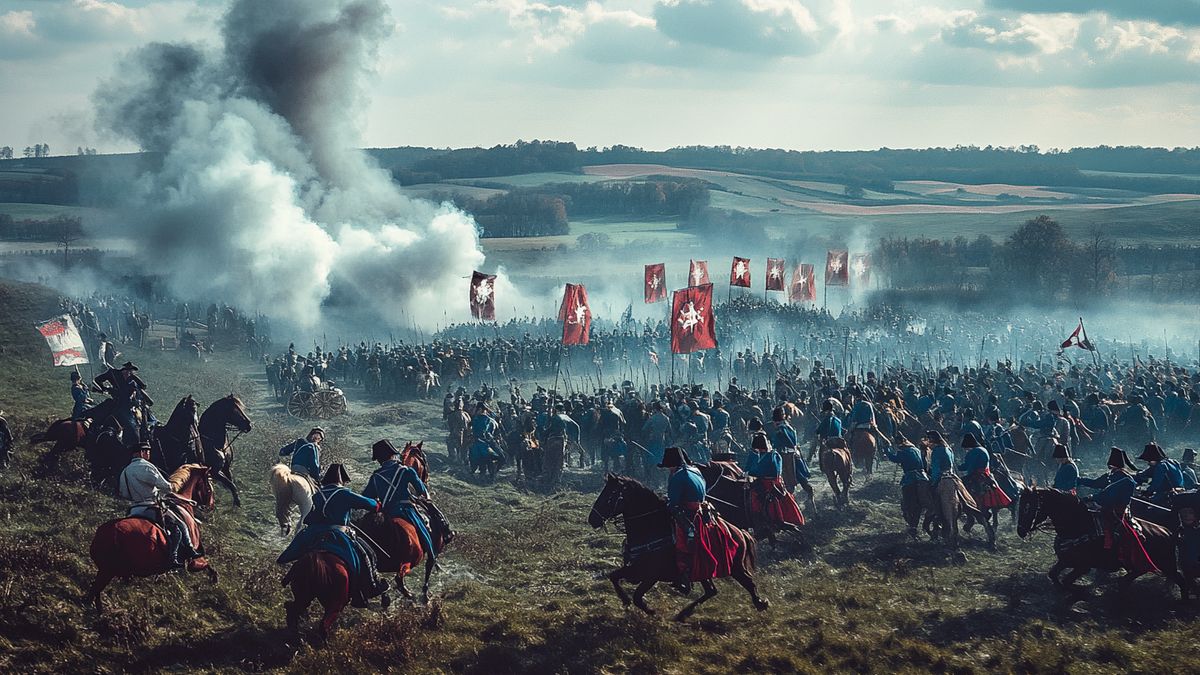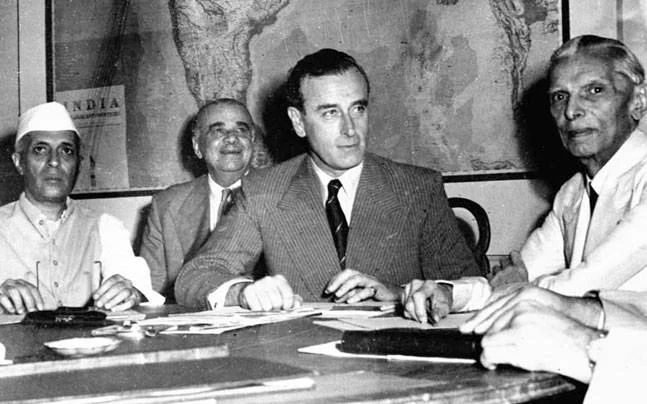- Courses
- GS Full Course 1 Year
- GS Full Course 2 Year
- GS Full Course 3 Year
- GS Full Course Till Selection
- Answer Alpha: Mains 2025 Mentorship
- MEP (Mains Enrichment Programme) Data, Facts
- Essay Target – 150+ Marks
- Online Program
- GS Recorded Course
- Polity
- Geography
- Economy
- Ancient, Medieval and Art & Culture AMAC
- Modern India, Post Independence & World History
- Environment
- Governance
- Science & Technology
- International Relations and Internal Security
- Disaster Management
- Ethics
- NCERT Current Affairs
- Indian Society and Social Issue
- NCERT- Science and Technology
- NCERT - Geography
- NCERT - Ancient History
- NCERT- World History
- NCERT Modern History
- CSAT
- 5 LAYERED ARJUNA Mentorship
- Public Administration Optional
- ABOUT US
- OUR TOPPERS
- TEST SERIES
- FREE STUDY MATERIAL
- VIDEOS
- CONTACT US
Socio-Religious Reform Movements in British India
Socio-Religious Reform Movements in British India
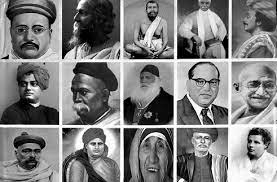
The socio-religious reform movements in British India were a series of efforts aimed at addressing deep-rooted social and religious issues that plagued Indian society during the colonial era. These movements, spanning the 19th and early 20th centuries, were responses to widespread social evils such as caste discrimination, untouchability, gender inequality, and superstitious practices. The advent of British rule exposed Indian society to Western ideals of democracy, rationalism, and human rights, catalyzing a wave of reformist thought. Influenced by both indigenous traditions and Western liberalism, Indian reformers sought to reshape society through education, legislative action, and activism.
These reform movements were diverse in their objectives and methods. Some focused on religious reforms by challenging outdated rituals and superstitions, while others worked towards social upliftment, particularly in areas such as caste equality and women’s rights. The interplay between Western ideas, the influence of Christian missionaries, and the rising nationalist consciousness accelerated these reform efforts. Reformers selectively adopted Western ideas rather than blindly accepting them, blending modernity with Indian traditions.
For instance, Raja Ram Mohan Roy drew inspiration from European liberalism but ensured that his reforms aligned with Indian societal norms. Consequently, these movements played a crucial role in shaping modern Indian society.
What Led to the Emergence of Socio-Religious Reform Movements in British India?
The 19th century was a period of profound transformation in Indian society, largely due to British colonial rule. Several factors contributed to the emergence of socio-religious reform movements during this time:
- British Exposure: The British presence in India exposed the weaknesses and social evils that had become deeply embedded in Indian society. Practices such as Sati (the self-immolation of widows), child marriage, infanticide, caste discrimination, and the marginalization of women became increasingly difficult to ignore.
- Western Ideals: The influence of European Enlightenment ideas, such as rationalism, liberalism, and humanitarianism, inspired Indian intellectuals and reformers to question traditional religious practices and reinterpret Indian customs. The spread of these ideas, particularly through Western education, was a driving force behind the reform movements.
- The Role of Missionaries: Christian missionaries played a dual role in British India, not only working to convert Indians but also acting as agents of social reform. Their presence and teachings furthered the introduction of Western education, scientific thought, and humanitarian principles, which contributed to the social awakening in India.
- The Influence of Print and Education: The introduction of printing presses, vernacular newspapers, and educational institutions allowed reformist ideas to spread across India. Western-style schools and colleges helped create an educated class that began to question age-old social practices and demanded social reforms.
- The Rise of New Social Classes: The capitalist class, working class, and intelligentsia, particularly those who had been educated in Western institutions, sought modernization to further their own economic and political interests. They played a significant role in pushing for reforms.
What Were the Major Socio-Religious Reform Movements in British India?
Several prominent reform movements emerged across India in response to the prevalent social and religious issues. Each of these movements had specific objectives and addressed unique regional concerns. Some of the most notable ones included:
|
Name of Organisation |
Founder |
Year |
Place |
|
Brahmo Samaj |
Raja Ram Mohan Roy |
1828 |
Bengal |
|
Young Bengal Movement |
Henry Vivian Derozio |
1820s-1830s |
Bengal |
|
Prarthana Samaj |
Atmaram Pandurang |
1867 |
Maharashtra |
|
Satyashodhak Samaj |
Jyotirao Phule |
1873 |
Maharashtra |
|
Arya Samaj |
Swami Dayananda Saraswati |
1875 |
Punjab |
|
Aligarh Movement |
Sir Syed Ahmed Khan |
1875 |
Aligarh |
|
Theosophical Society |
Madame Blavatsky & Col. Olcott |
1875 |
USA (1882 in India) |
|
Ramakrishna Mission |
Swami Vivekananda |
1897 |
Kolkata |
|
Self-Respect Movement |
E.V. Ramasamy Periyar |
1925 |
Tamil Nadu |
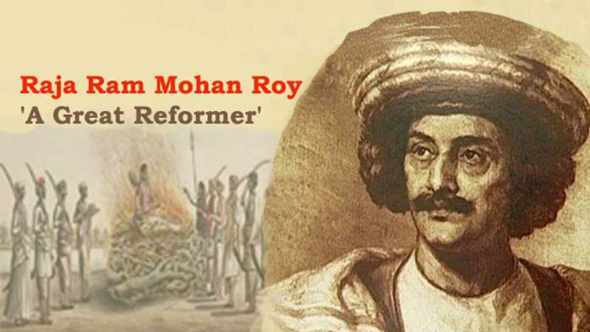
Raja Ram Mohan Roy
- Brahmo Samaj (1828): Founded by Raja Ram Mohan Roy in Bengal, the Brahmo Samaj was one of the earliest and most influential reform movements in India. It sought to abolish idol worship, promote monotheism, and encourage rational thinking within Hinduism. One of its key successes was the abolition of the Sati system in 1829, which involved the self-immolation of widows. The Brahmo Samaj also advocated for women's rights, education, and the opposition of caste-based discrimination. Roy’s contributions set the tone for future reform movements in India, marking a shift towards modernizing Hinduism while preserving its core values.
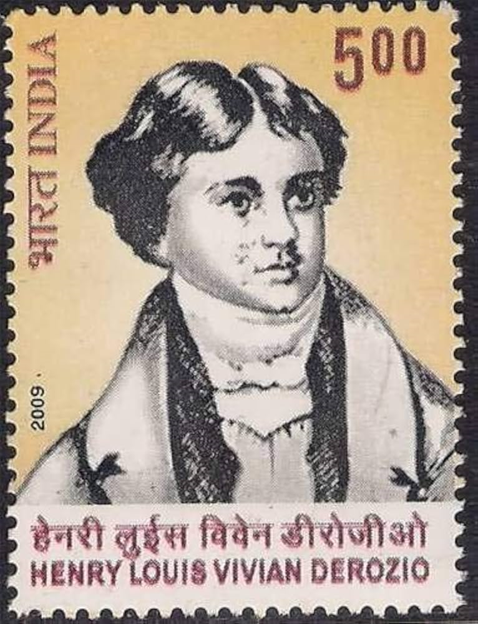
Henry Louis Vivian Derozio
- Young Bengal Movement (1820s-1830s): Led by Henry Vivian Derozio, the Young Bengal Movement was a radical intellectual and cultural movement that focused on free thought, rationalism, and the questioning of orthodox Hindu traditions. The followers of this movement, known as Derozians, played a crucial role in spreading modern ideas, particularly among the youth, and they promoted a break from superstitious practices and traditional religious dogmas. The movement also advocated for social reforms, such as the rejection of caste distinctions and the promotion of women’s education. Though it faced opposition from orthodox sections of society, the Young Bengal Movement contributed to the rise of liberal thought in India and inspired later nationalist and reformist movements.
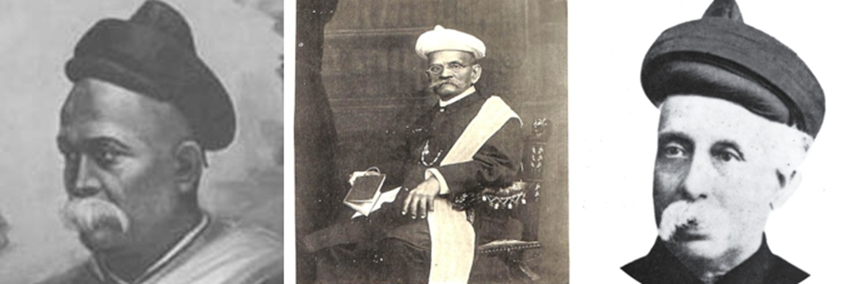
Mahadev Govind Ranade R.G. Bhandarkar Atmaram Pandurang
- Prarthana Samaj (1867): Inspired by the Brahmo Samaj, this movement in Maharashtra focused on social reforms such as widow remarriage, inter-caste marriage, and the education of women. Leaders such as Mahadev Govind Ranade, R.G. Bhandarkar, and Atmaram Pandurang played crucial roles in spreading progressive ideas. The Prarthana Samaj also worked towards eradicating untouchability and improving conditions for lower-caste individuals.

Jyotirao Phule
- Satyashodhak Samaj (1873): Jyotirao Phule established the Satyashodhak Samaj in Maharashtra with the goal of uplifting marginalized sections of society, especially the lower castes and women. Phule’s efforts included setting up schools for Dalits and promoting social equality. His movement was instrumental in challenging caste-based discrimination and social injustice.
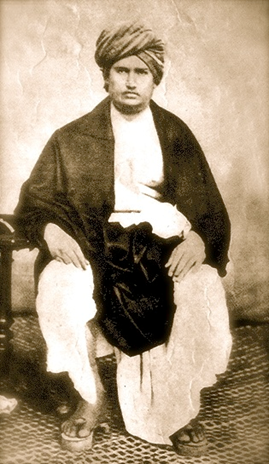
Swami Dayananda Saraswati
- Arya Samaj (1875): Swami Dayananda Saraswati founded the Arya Samaj in Punjab with the aim of reforming Hinduism by advocating a return to the Vedic principles. The movement condemned idol worship, polytheism, and caste-based discrimination. Dayananda’s focus on the education of women and his establishment of the Shuddhi movement (a reconversion movement) were also significant contributions to the reformist landscape in India.

Sir Syed Ahmed Khan
- Aligarh Movement (1875): Initiated by Sir Syed Ahmed Khan, this movement sought to reform Muslim society by encouraging scientific education, rational thinking, and a modern approach to social issues. The establishment of the Mohammedan Anglo-Oriental College in 1875 (which later became Aligarh Muslim University in 1920) marked a significant step in modernizing Muslim education and social thought.
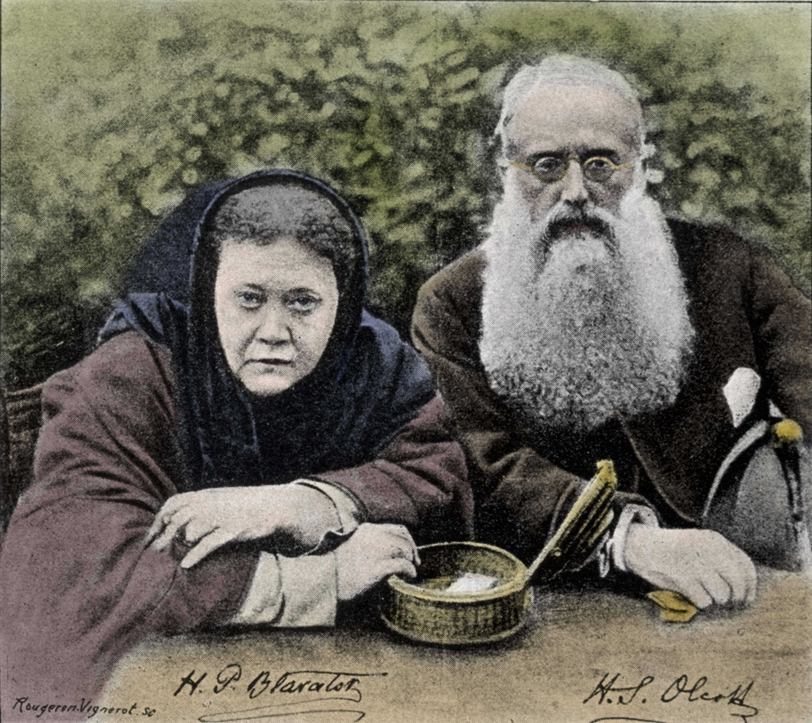
Madame Blavatsky and Colonel Olcott
- Theosophical Society (1875): Founded by Madame Blavatsky and Colonel Olcott in the USA, and later established in India in 1882, the Theosophical Society promoted Hindu revivalism and aimed to bridge Eastern and Western spiritual philosophies. The Society contributed to the Indian nationalist movement by fostering self-rule, promoting education, and increasing social awareness.
- Annie Besant, a prominent figure in the movement, became a member and later its president after Olcott's death in 1907.
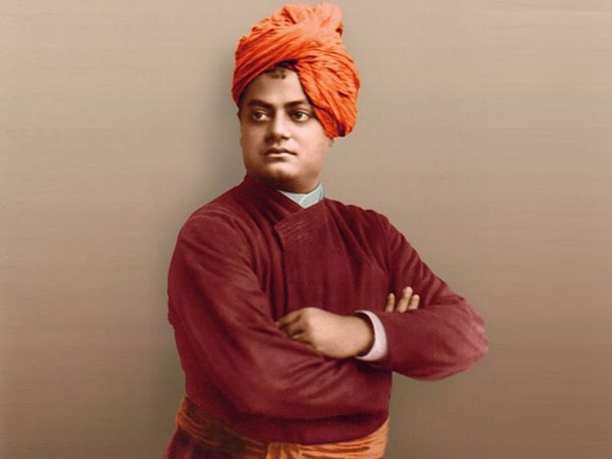
Swami Vivekananda
- Ramakrishna Mission (1897): Established by Swami Vivekananda, the Ramakrishna Mission focused on blending spiritual upliftment with social service. Drawing inspiration from the teachings of Ramakrishna Paramahansa, the Mission emphasized education, healthcare, and poverty alleviation. Vivekananda’s practical approach to Vedanta and social service inspired not only spiritual movements but also the emerging nationalist consciousness in India.
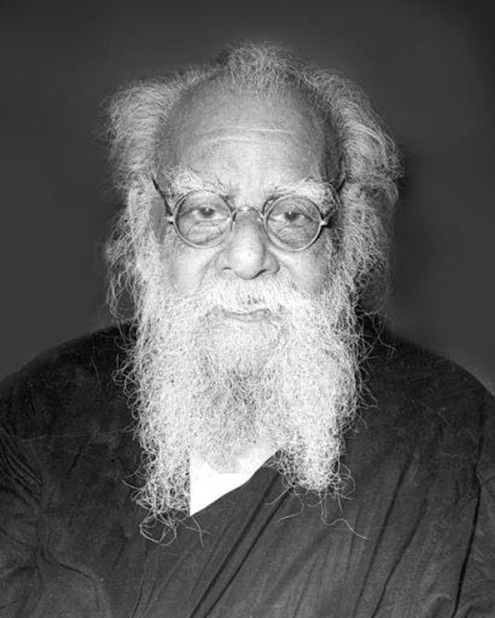
E.V. Ramasamy Periyar
- Self-Respect Movement (1925): Led by E.V. Ramasamy Periyar in Tamil Nadu, this movement focused on the dignity and rights of women and the abolition of the caste system. Periyar advocated for social equality and self-respect for individuals, particularly from the lower castes.
What Was the Impact of Socio-Religious Reform Movements on the Legal Status and Rights of Women in Indian Society?
One of the most significant impacts of the socio-religious reform movements was on the legal status and rights of women in Indian society. Reformers worked tirelessly to introduce legislation that sought to improve the condition of women and eradicate practices that oppressed them. These legislative efforts were often driven by the pressure from reform movements and were a crucial step in the fight for gender equality.
Some of the major legislative measures that resulted from the reform movements include:
|
Name of Act |
Year |
Objective |
|
Abolition of Sati Act |
1829 |
Prohibited the practice of Sati (self-immolation of widows). |
|
Widow Remarriage Act |
1856 |
Legalized widow remarriage and provided rights to widows. |
|
Age of Consent Act |
1891 |
Raised the minimum age of marriage for girls to 12. |
|
Child Marriage Restraint Act (Sarda Act) |
1929 |
Increased the minimum marriage age for girls to 14 and boys to 18. |
|
Hindu Widow Remarriage Act |
1856 |
Allowed Hindu widows to remarry. |
|
Hindu Marriage Act |
1955 |
Regulated Hindu marriages and introduced legal divorce provisions. |
|
Dowry Prohibition Act |
1961 |
Criminalized the practice of dowry. |
These reforms were monumental in shaping the trajectory of women's rights in India. The Abolition of Sati Act (1829), for instance, marked a turning point in India’s legal history, while the Widow Remarriage Act (1856) provided widows with the opportunity for social and emotional renewal. The Age of Consent Act (1891) was instrumental in raising the age of marriage for girls, offering a critical layer of protection against child marriage.
These legal victories were the direct result of the socio-religious reformers' campaigns and the pressure they exerted on the colonial government. Although many of these laws were introduced by the British, they were crucial in addressing the oppressive practices that had long been a part of Indian society.
What Was the Role of Reformers in Caste Abolition?
Caste discrimination was deeply entrenched in Indian society. Reformers fought against the rigid caste hierarchy and untouchability through education and social mobilization. Prominent figures in this struggle included:
- Jyotirao Phule (1827-1890): Advocated for the rights of lower castes and established schools for Dalits and women. His Satyashodhak Samaj (1873) aimed at upliftment of the marginalized.
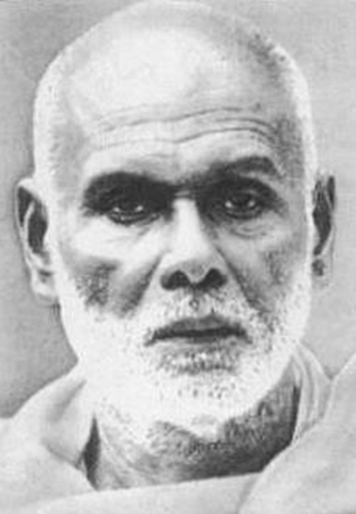
Narayan Guru
- Narayan Guru (1856-1928): Led the movement against caste oppression in Kerala, advocating for temple entry rights for lower castes.
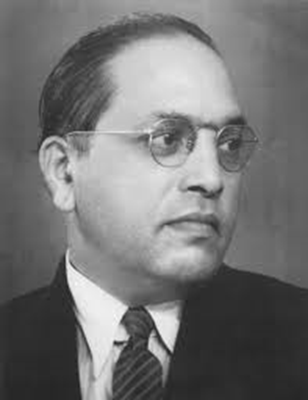
Dr. Bhimrao Ramji Ambedkar
- Dr. B.R. Ambedkar (1891-1956): Led the anti-caste movement in the 20th century, played a key role in drafting the Indian Constitution, and worked tirelessly for Dalit rights. His Poona Pact (1932) ensured reserved representation for lower castes in legislatures.
How Did British Policies Influence the Socio-Religious Reforms?
The British colonial administration played a complex role in socio-religious reforms. While some British officials supported reformers, their intervention often had political motives. Legislative measures like the Brahmo Marriage Act (1872), Widow Remarriage Act (1856), and Age of Consent Act (1891) were direct results of reformist advocacy but were also driven by British interests in controlling Indian society. The British also introduced Government of India Act (1935), which laid the foundation for many social laws post-independence.
What Were the Challenges and Limitations of Socio-Religious Reform?
Despite their impact, the reform movements faced resistance from orthodox sections of society. Some limitations included:
- Limited Reach: Many reforms were focused primarily in urban centers and did not significantly impact rural areas where traditional practices were still deeply ingrained.
- Resistance from Orthodox Sects: Orthodox leaders from both Hindu and Muslim communities opposed many reforms, viewing them as foreign or Western impositions.
- British Political Interests: Many of the reforms passed by the British were driven by the need to maintain control over Indian society rather than genuine concern for social justice.
What Was the Long-Term Impact of the Socio-Religious Reform Movements on Indian Society?
The socio-religious reform movements in British India played a crucial role in challenging social norms, promoting education, and improving the status of women and marginalized communities. Despite the challenges faced, these movements laid the foundation for India’s post-independence reforms and continue to influence modern social and political thought.
|
Also Read |
|
UPSC Foundation Course |
|
| UPSC Monthly Magazine | CSAT Foundation Course |


